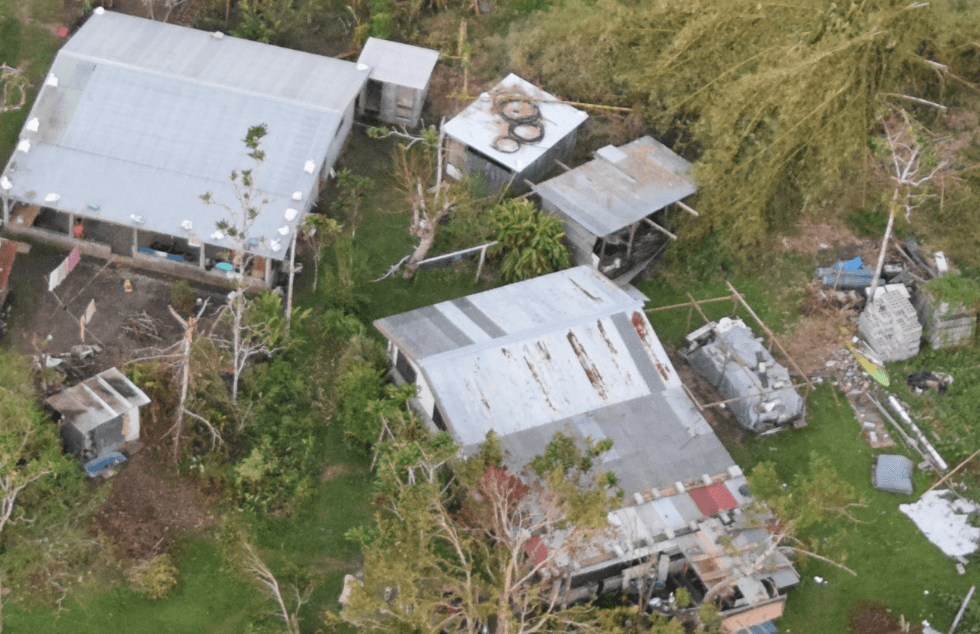Introducing the Humanitarian UAV Network: UAViators
The Mission of the Humanitarian UAV Network (UAViators) is to promote and enable the safe, responsible and effective use of UAVs in a wide range of humanitarian and development settings. The Network therefore champions an international code of conduct and organizes 1) Experts Meetings to share lessons learned and best practices; 2) Hands-on UAV Training for humanitarian & development professionals; 3) UAV deployments for humanitarian and development projects; and 4) Carries out applied research to catalyze innovation and learning. The UAViators Advisory Board includes the UN, Red Cross, World Bank, European Commission, OpenAerialMap, 3DRobotics, OpenRelief and a dozen other organizations.
Humanitarian UAV missions differ markedly from commercial applications like precision agriculture. Community engagement is paramount in humanitarian settings; having legal permission to operate from government authorities does not give UAV teams the ethical permission to operate, for example. This explains why the UAViators Code of Conduct includes detailed guidelines on Community Engagement. The Code of Conduct also includes important guidelines on data ethics, which are even more important in humanitarian settings. Hence the Code of Conduct, which was developed in partnership with dozens of humanitarian organizations including the UN and Red Cross.

UAViators is also engaged in operational deployments and applied research. For deployments, UAViators partners with OpenAerialMap to host imagery and teams up with MicroMappers to analyze aerial imagery and videos. MicroMappers is a free and open source platform developed in partnership with the United Nations to crowdsource the analysis of aerial data. In March 2015, the World Bank activated UAViators to spearhead a UAV mission in response to the Category 5 Cyclone that had just devastated the islands of Vanuatu. As part of this humanitarian mission, UAViators deployed MicroMappers to analyze oblique imagery to support the World Bank’s damage assessment efforts. Following the Nepal Earthquakes in April and May 2015, the UN invited UAViators to coordinate 15 UAV teams on the ground.
In terms of research, the Network recently teamed up with the University of Southampton to crowdsource the analysis of aerial videos from UAVs. One of the goals of this research is to provide UAV pilots with near real-time analysis of live video feeds for the purposes of disaster damage assessments. As such, the Humanitarian UAV Network is interested in exploring closer integration between data-centric open source platforms like MicroMappers and open source mission control software. Indeed, the former could provide course corrections if linked to the latter. In addition, UAViators collaborated with key partners to produce the first ever 3D model of a refugee camp in order to assess the added value of 3D for camp management. Finally, the Network is actively engaged in document best practices for UAV missions along with case study analyses of important UAV deployments.
UAViators is especially excited to join Dronecode and to collaborate with other members in order to increase the effective use of UAVs in a wide range of humanitarian and development settings. Open source UAV software is going to be absolutely key to mainstream the use of UAVs in humanitarian and development projects. We thus very much welcome the opportunity to team up with Dronecode members and thereby demonstrate the very real and positive social impact UAVs can have across the planet.
ABOUT THE AUTHOR OF THIS POST

Dr. Patrick Meier is Director of Social Innovation at QCRI and the Founder of the Humanitarian UAV Network. He is an internationally recognized thought leader on humanitarian technology and innovation. His new book, “Digital Humanitarians” has been endorsed by Harvard, MIT, Stanford, Oxford, UN, Red Cross, World Bank, USAID and others. Over the past 12 years, Patrick has worked in the Sudan, Kenya, Ethiopia, Uganda, Somalia, Liberia, India, Timor-Leste, Kyrgyzstan, Turkey, Morocco, Western Sahara, Haiti, Vanuatu and Northern Ireland on a wide range of humanitarian projects with several international organizations including the United Nations and the World Bank. In 2010, he was publicly recognized by Clinton for his pioneering digital humanitarian efforts, which he continues to this day. Patrick’s work has been featured in the New York Times, Washington Post, Wall Street Journal, CNN, BBC News, UK Guardian, The Economist, Forbes & Times Magazines, New Yorker, NPR, Wired, Mashable, TechCrunch, Fast Company, Nature, New Scientist, Scientific American and elsewhere. His influential and widely-read blog iRevolutions has received over 1.5 million hits. He tweets at @patrickmeier.



